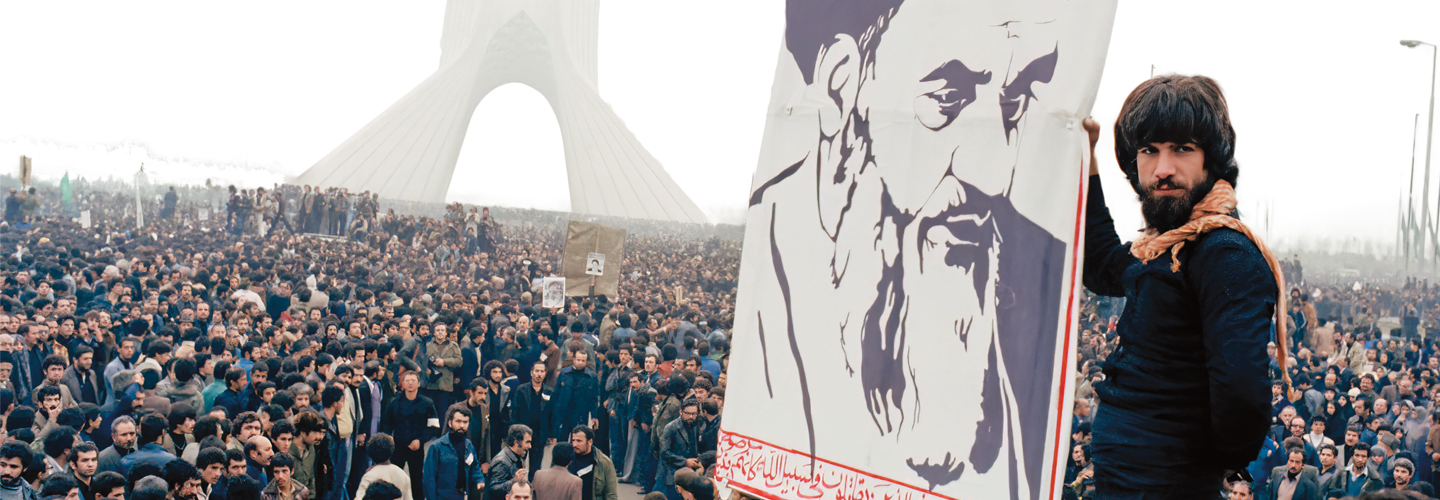Jim McMahon/Mapman®
In the streets of Iran today, you may spot something that has been taboo for more than four decades: braids, ponytails, and buns. The visible hairstyles are defiant acts—part of a months-long uprising against a law in this Middle Eastern country requiring women and girls over the age of 9 to cover their hair in public.
The hair mandate and other religion-based laws are rooted in Iran’s revolution of 1978-79, when protests against the government led to a radical change in leadership. For nearly 40 years before then, Iran was ruled by Mohammad Reza Pahlavi, the shah (king). In the 1960s and ’70s, he had pushed through many social and economic reforms. He modernized Iran’s cities, improved education, and opened the country to Western lifestyles. But the shah ruled with a heavy hand, crushing religious, social, and political ideas that clashed with his own.
In 1978, anti-shah demonstrations broke out around the country. Early crowds opposed the shah on religious grounds, but Iranians seeking a more democratic system began to join them.

